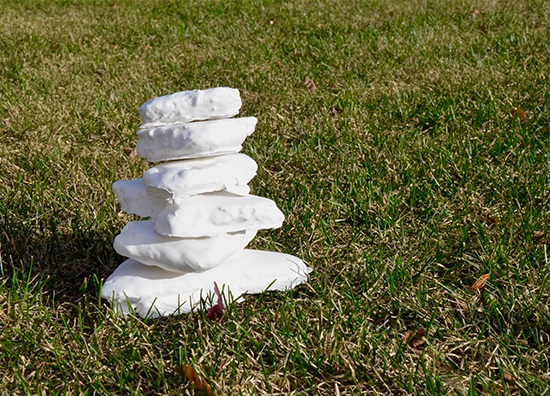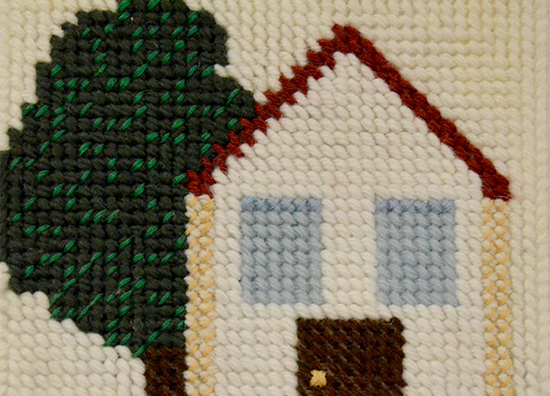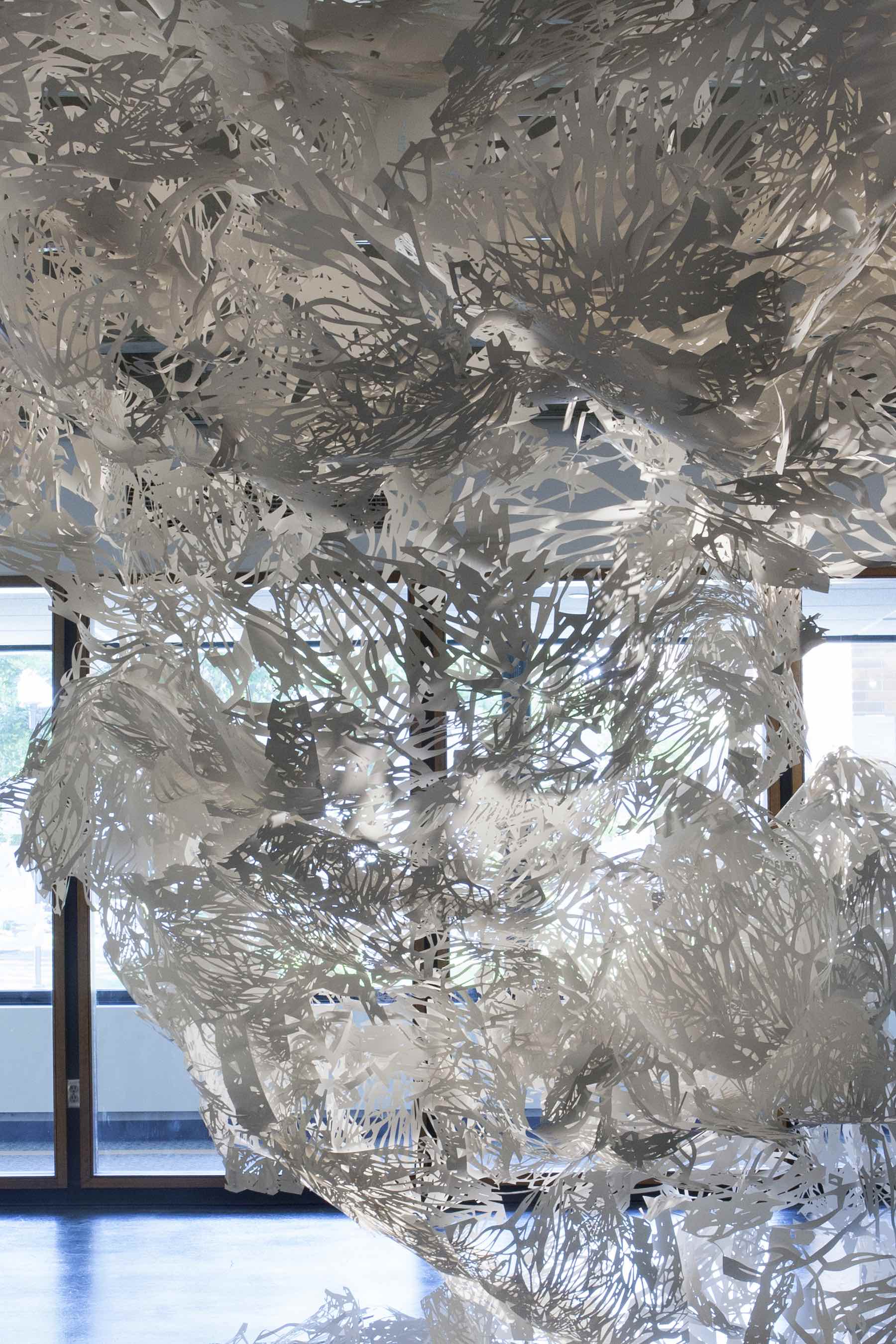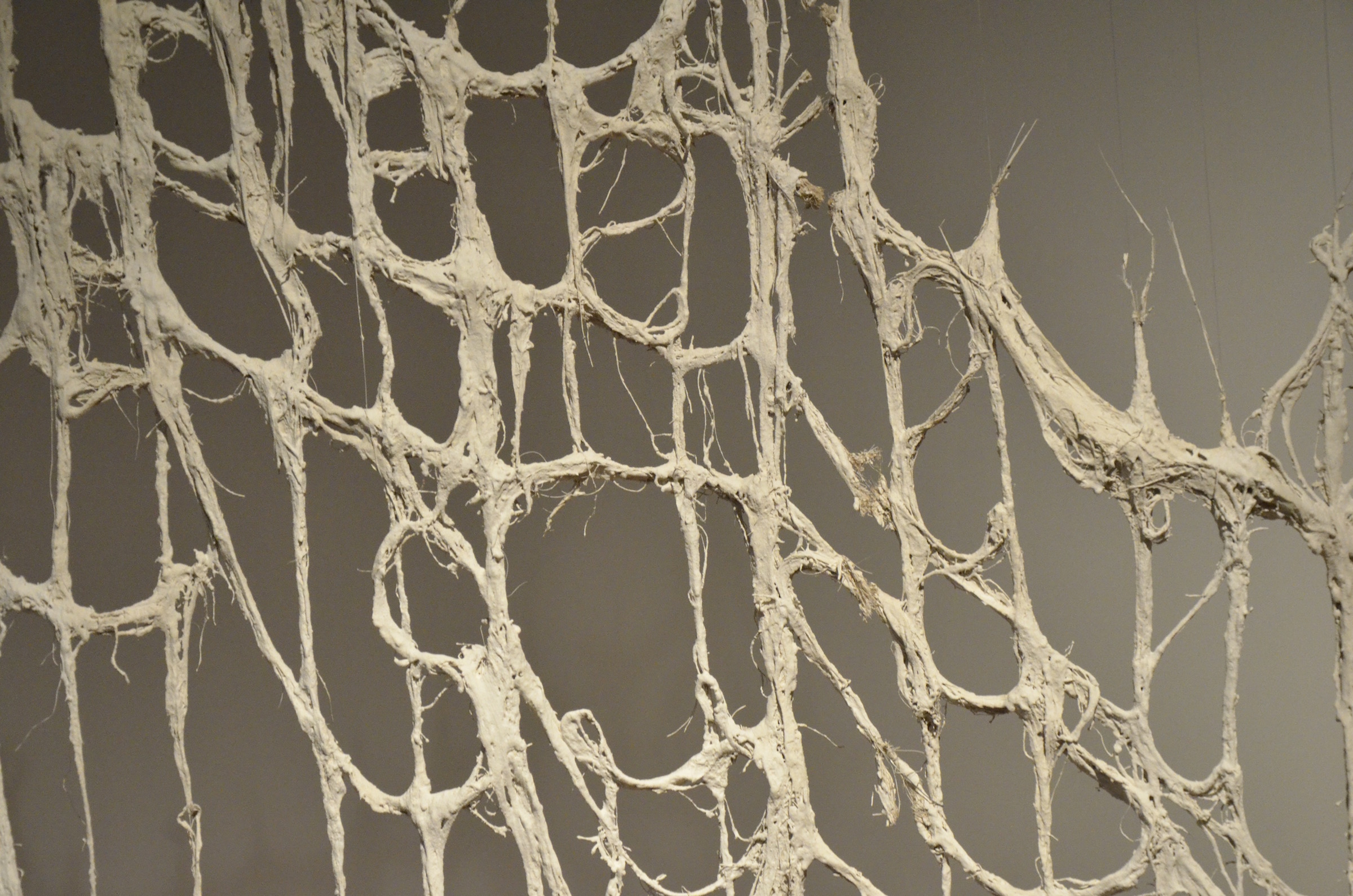
JANUARY 22 – February 1, 2018
Christensen Center Student Art Gallery
Artist Talk: Thursday, Feb. 1, 5:30 – 7 p.m. Christensen Center Student Art Gallery
Using stacked stone structures, Gardner’s work strives to show a connection that exists between the human world and the natural world while incorporating his submersion into adulthood.
Bio
Glen Gardner is a multi-media artist who is currently finishing up his last year in Augsburg Studio Art Program. He has taken up a focus on how humans interact with the environment, while expressing this with 3D media. His art focuses on bringing the audience to have an emotional connection to the natural and human world.
Statement
Growing up, I did a lot of hiking. A common character on these hikes were cairns, human-made structures of short, deliberately stacked rocks, and I was fascinated with them. Since then, I have come to believe that they are much more than just piles of rocks. On a functional level, these cairns of my early life served the purpose of marking a pathway where a trail didn’t exist. The instructions were simple: play a game of connect-the-dots with the stone piles. But they did something more. They showed me that I could be an architect in a human world. The simplicity of the forms, along with the abundance of material, encouraged these natural sculptures. I also began to realize that, because these stones had been exposed to the natural world, the materials gained a very intricate but consistent aesthetic. The processes of erosion effectively put thousands of years of work into these rocks, and the fact that similar rocks will be in the same place creates the ingredients for an interesting sculpture. By combining these natural processes with a human architect, and then performing this in a location that has been developed by nature for years and years and years, a cairn becomes a piece of art. Upon moving to Minneapolis, I noticed that the cairns I was seeing were taking a much different form. Before, they were used to mark a path, but in the Twin Cities this was much less needed. Instead, cairns here seem to mark a space for people, showing that a destination had been reached. They also spoke to the human compulsion to create and build. There have been several times at Hidden Beach when people just stacked rocks for whatever reason.
For my art, I wanted to recreate a feeling of entering a natural space in an unnatural setting while evoking childlike wonder among the participants. As I began this journey, I started to realize that these forms need to allow the natural world in. Unfortunately, I was lacking the time to erode materials for years and years, so I decided to leave a lot of forms up to chance. This meant that I would try to manipulate the form’s aspects as minimally as possible and allow the material to speak for itself. I began to see each stone that I made as a building block used to create a larger form. The results were these large and heavy spinal forms that could not be self-supported. The results were not jovial; they speak to me as a visual representation of me drifting away from the child inside, but still keeping those experiences in my heart.
Images from Exhibit














